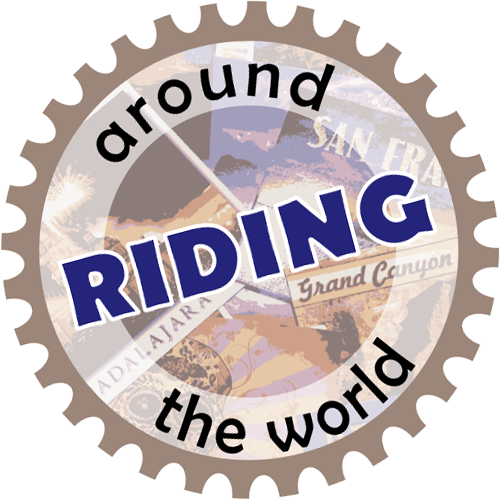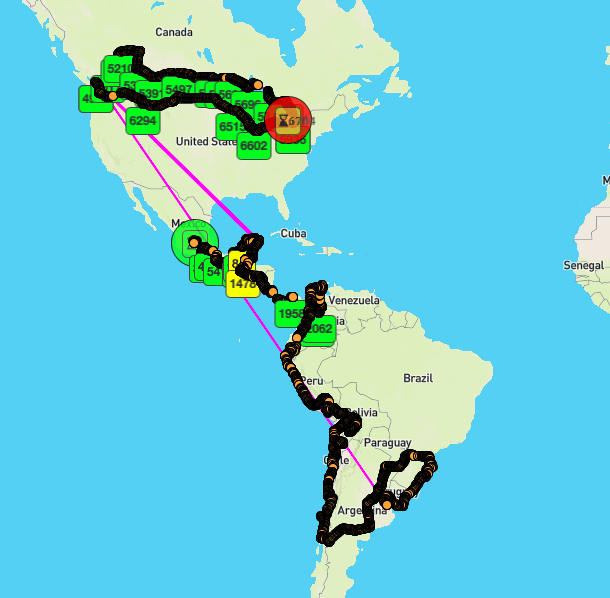On Tuesday, February 6, we decided to visit the chocolate museum that we used to walk by every day when we were taking Spanish language classes. The ChocoMuseo is a 15-minute walk from our apartment in Antigua Guatemala so, we walked there after lunch. We wanted to do the workshop where they teach you about the agriculture and history, and you also get to make your own chocolate. After booking our spots for the 4:00 PM session, we walked over to our favourite coffee spot to pass the time. Phil had a latte like a normal person while I got an iced mocha like a chocolate glutton.
At 4:00 PM, we were back at the chocolate museum, in our aprons, and ready to get schooled. Our instructor, Orlando, was like the Yoda of chocolate; he was very knowledgeable and knew how to make the class fun. He started the workshop with a fairly detailed explanation of the agriculture of growing cacao trees and the entire process from harvesting and drying the beans to producing the decadent dessert flavouring that we all know and love… except Phil – he doesn’t like chocolate 😐
Cacao trees grow in lowland tropical and consistent tropical climates where temperatures range between 21 and 32 °C throughout the year. The seeds are harvested from the fruit and then fermented and dried before they can be ground and used in the magic potions that chocolatiers use to conquer the world. Many of us mistakenly refer to cacao as cocoa; however, the latter term actually refers to the powder that is left over once the cocoa butter is removed from the seeds.
The Ivory Coast of Africa is the largest producer of cacao and accounts for 41% of the world’s supply. It is the Mayans; however, that discovered it and turned it into a drink. Cacao beans were highly revered and even served as currency at one point between the Aztecs and the Mayans. Twenty cacao beans could buy you a rooster in those days.
After the agriculture and history lessons, we got to the best part of the workshop – making our own chocolates. The two of us chose dark chocolate as our bases; however, I stuck with only coconut as my topping (who am I to mess with a good thing?) while Phil reminded me of the creative little rodent in Disney’s Ratatouille with his flavour pairings. In the end, neither one of us remembered what was in each one and accepted that each of his concoctions would be a surprise when we got around to eating them.
While our chocolates were put away to harden, Orlando gave us some freshly-roasted cacao beans so we could peel and grind them to make the hot chocolate of the Mayans using a 2,000-year-old recipe (“chocol-ha”). It was made with the cacao beans that we ground using a mortar and pestle, hot water, chili peppers, and honey. It was better than I expected, but the Spanish hot chocolate that we made right afterwards was much nicer as it was made with milk and spices like cardamom and cinnamon. After the hot chocolates, we tried some tea that was made from the peels of the roasted cacao beans. It looked like a black tea, but with the faint smell and taste of chocolate.
At around 6:30 PM, the workshop was over and we got to take our chocolates home. Not that our chocolates would last that long, but we learnt that dark chocolate is good for three years while milk chocolate is good for a year. So yes, on February 15, you can buy heavily-discounted Valentine’s Day chocolates for next year. You’re welcome 🙂









